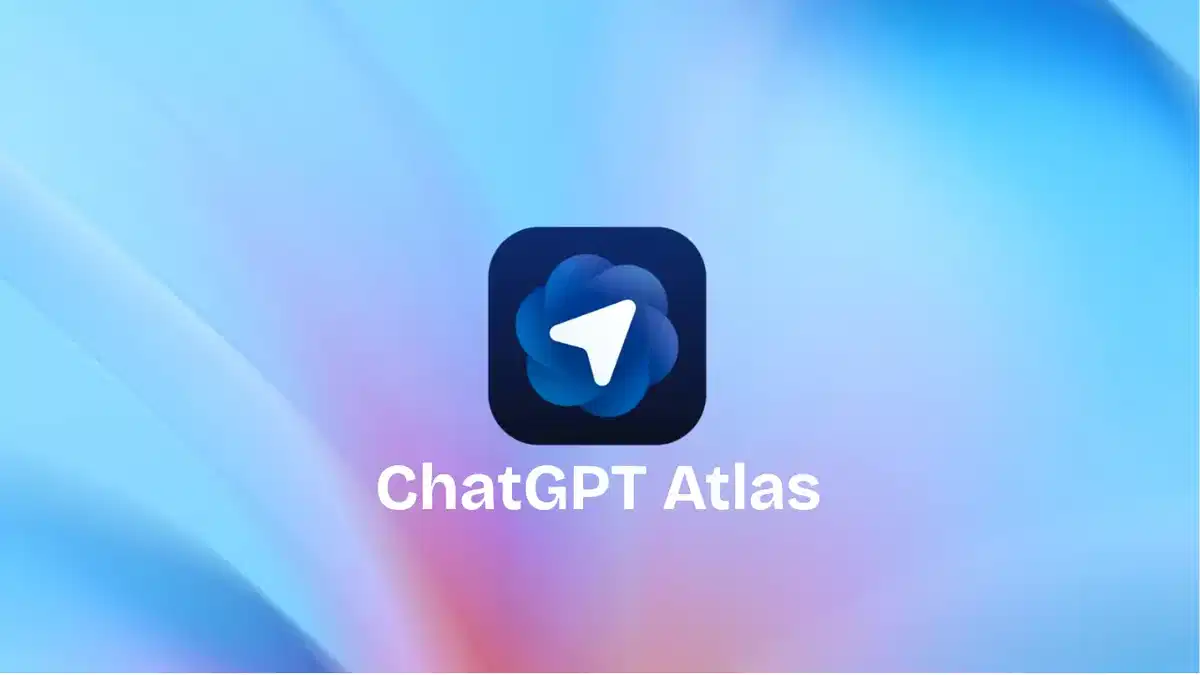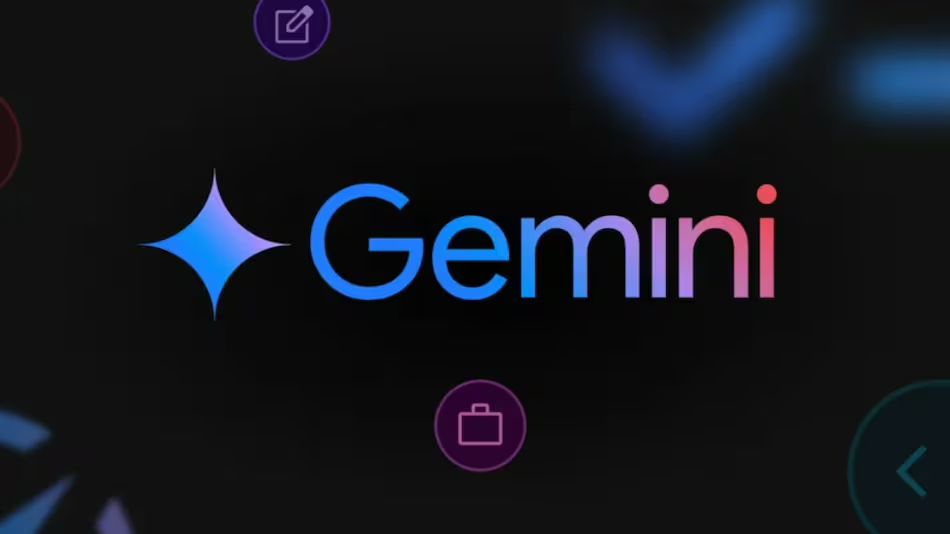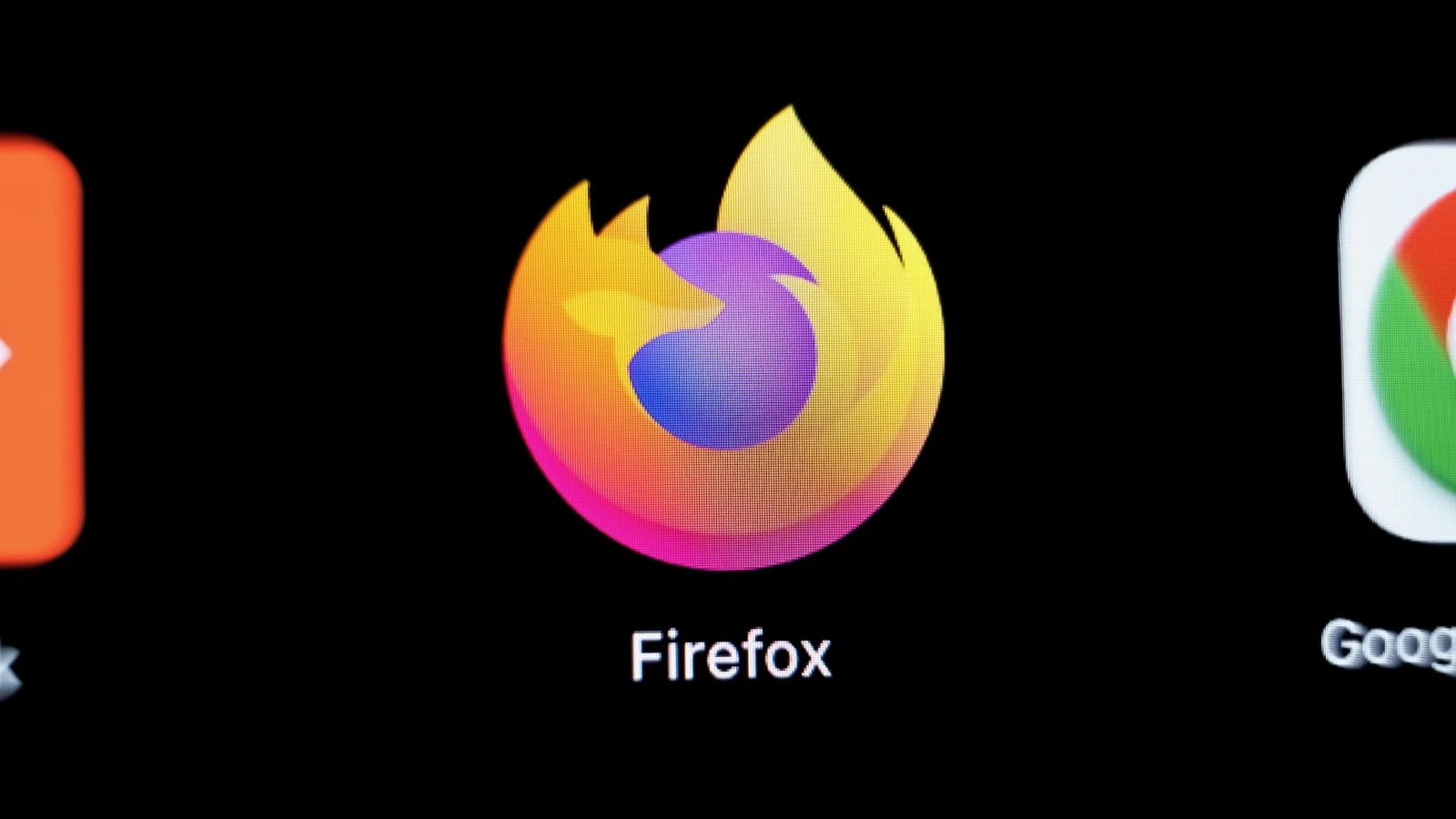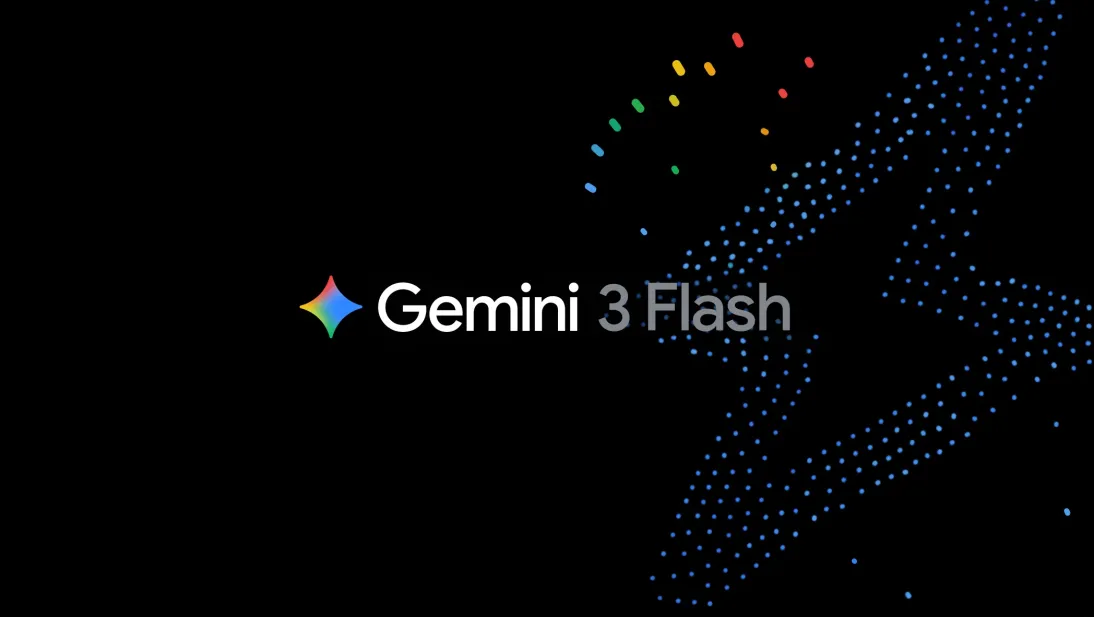What the launch means, what’s coming next — and how it could reshape the internet
The artificial-intelligence company OpenAI has shifted its ambitions yet again. With the rollout of its new browser, ChatGPT Atlas, the company is stepping beyond the familiar confines of chatbots and into the broader terrain of web architecture, user experience and even browser competition. This move signals that OpenAI sees the browser—not just the model—as the next frontier of AI-dominated computing.
What ChatGPT Atlas Is All About
At its core, ChatGPT Atlas is a web browser that deeply integrates with OpenAI’s flagship conversational model, offering a fusion of traditional browsing and AI assistance. Rather than merely loading web pages, the browser keeps the AI assistant at your side as you navigate the internet—summarizing content, providing inline edits, and even taking actions on your behalf (in “agent” mode).
Initially released on macOS, with Windows, iOS and Android versions planned, Atlas is more than an incremental update. It aims to up-end how people think of “surfing the web” by layering context, memory, and task-automation into the experience.
Some of its key standout features include:
- A sidebar or split-view interface where the ChatGPT assistant remains visible alongside webpages, allowing users to ask questions about the site they’re on, have text refined, or compare alternate content.
- An “agent mode” which enables the assistant to handle multi-step tasks—such as booking a trip, pulling spreadsheet data, or converting a document—while you browse. This mode is available first for premium users.
- Browser memories: when enabled by the user, Atlas can remember user-specific information (like a job-search session or a research topic) and draw on it proactively to assist.
- Quality-of-life browser features: profiles, tab groups, ad-blocker options, overflow bookmark menus, customizable shortcuts—all functions users expect from modern browsers, not just AI features.
- Privacy and control: OpenAI emphasises that users remain in control of what ChatGPT sees, remembers or acts upon; history deletion, incognito modes, and opt-out of memory-recording are built-in.
Why It Matters
There are three major implications worth noting:
- A strategic shift in how we access the web. Browsers have long been seen as neutral portals—tabbed windows that load webpages. With Atlas, the browser becomes an assistant, a workspace and a platform for automation. That could transform search, navigation and productivity.
- A challenge to the established players. By building a browser with native AI, OpenAI is positioning itself against dominant incumbents—companies whose browsers have been around for decades. While incumbents have added AI features, Atlas roots the assistant at the core rather than as an add-on.
- A new business model possibility. The browser often sits between user and web content; by controlling that layer and integrating AI, OpenAI creates potential new revenue streams—from premium features, enterprise workflows, and perhaps deeper integrations with services tied to browsing or productivity.
What’s Coming Next: The Roadmap & Updates
OpenAI is already rolling out updates and features for Atlas, some of which are currently in development or preview. Anticipated improvements include:
- Full profile support and tab-grouping tools, allowing users to separate contexts (e.g., work vs personal) and have tailored AI behavior in each.
- An opt-in ad-blocker and improved extension/toolbar support for power users.
- Enhanced compatibility with major productivity platforms (for example cloud-drives, spreadsheets, document-editing) so that the AI agent can work more seamlessly across tasks.
- Better performance for the AI-assistant features—faster responses, improved integration of memory and context, fewer errors/corrections.
- Continued expansion to other platforms beyond macOS, with Windows, mobile and tablets following in the near term.
- Feedback-driven tweaks: users have already flagged needs like pinned tabs, smoother text-copying from the AI sidebar, and improved credential/tool compatibility.
Challenges and Risks
Even as the vision is bold, several hurdles remain:
- Adoption hurdles. Convincing users to switch browsers—one of the most entrenched pieces of software on a computer—is difficult. Many users are comfortable with their current browser, and switching means importing habits, extensions and data.
- Reliability and trust. Agent mode, which can act on behalf of users, introduces risk: accuracy, hallucinations, privacy leaks or unintended automation missteps could undermine trust.
- Competition. Major browsers are not idle. Established players continue to embed AI, and many have large installed bases. OpenAI must offer enough differentiation and reliability to pull users away.
- Privacy and data concerns. The combination of browsing history + memory + AI raises legit questions about what is collected, how it’s used, and how secure it is. Even with opt-outs, any misstep could erode user confidence.
- Platform scope and extension compatibility. The ecosystem of extensions and plugins is vast in existing browsers. Atlas will need robust support for extensions or risk appearing limited for users dependent on customized workflows.
- Monetisation and sustainability. While audiences may adopt the browser, converting that into sustainable financial models—particularly for a company that has struggled to monetise heavy infrastructure—is a question.
What It Means for Users & Organisations
For everyday users, Atlas offers a glimpse of browsing reimagined: imagine reading an article and having the AI alongside you summarise it, compare it with others, refine your notes, even automate follow-up tasks—all without switching apps. For professionals, the convergence of browser + AI agent hints at productivity gains: research workflows, document review, even client or project management could be streamlined.
For organisations and enterprises, the model suggests a workflow where the browser becomes a workspace hub—with integrations into internal systems, cloud tools and assistive AI actions built-in. That may open doors for firms to standardise on an AI-centric browsing environment, especially for knowledge-work, research, legal, consulting or creative domains.
Looking Ahead
The next 12-18 months will be critical for ChatGPT Atlas and its impact. Key indicators to watch include:
- How quickly Windows and mobile versions roll out and how compatible they are with user workflows.
- Real-world adoption metrics and user feedback on irritations, bugs or performance issues.
- How extension ecosystems develop (either migrating from existing browsers or building new ones).
- How accurately and reliably the AI agent mode performs in real-world tasks.
- How the browser positions itself globally (in regions with varying privacy rules, browser competition and default-browser habits).
- Whether OpenAI introduces new premium tiers or enterprise versions tied to Atlas that generate revenue or lock-in advantage.
- How other major browser makers respond — whether they accelerate AI-native features, form alliances, or try to lock users further into existing ecosystems.
Final Thought
ChatGPT Atlas isn’t just another browser. It’s a hypothesis: that the browser of tomorrow isn’t a mere tool for retrieving web pages, but a workspace where AI and human intention merge. If OpenAI executes properly, the experience of using the internet could shift dramatically—from “search, click, read” to “ask, collaborate, act.”
But as with any ambitious pivot, success isn’t guaranteed. User habits, trust, platform inertia and competition all loom large. If Atlas stumbles, the window might be lost. If it succeeds, we may look back on this launch as a turning point in how we interface with the web.
















Leave a Reply